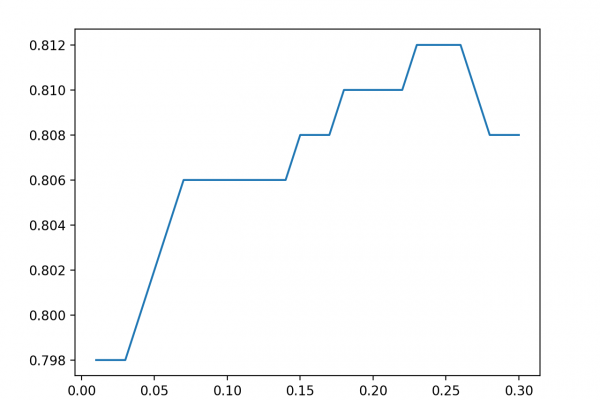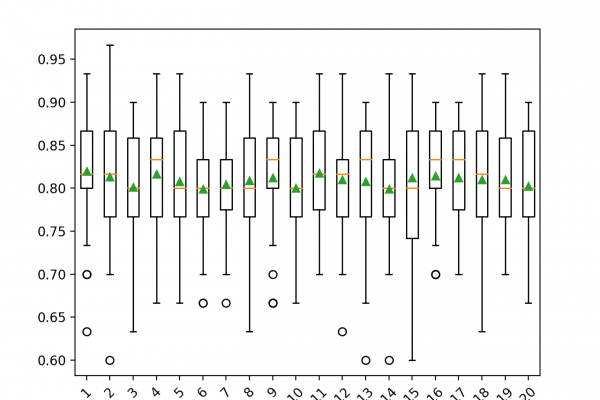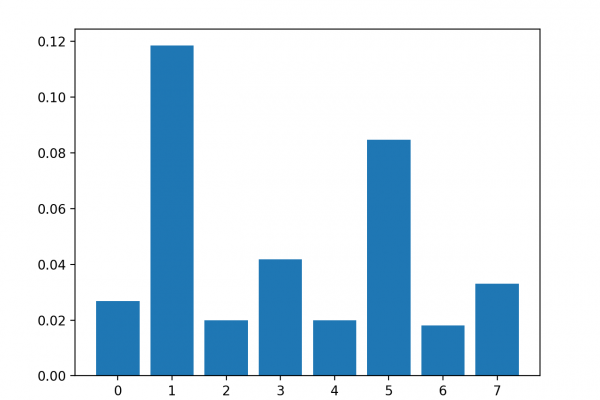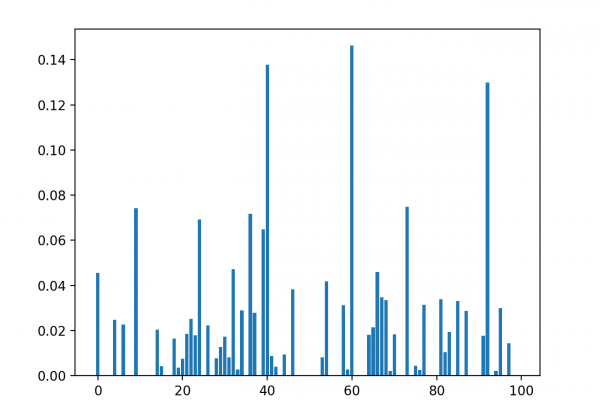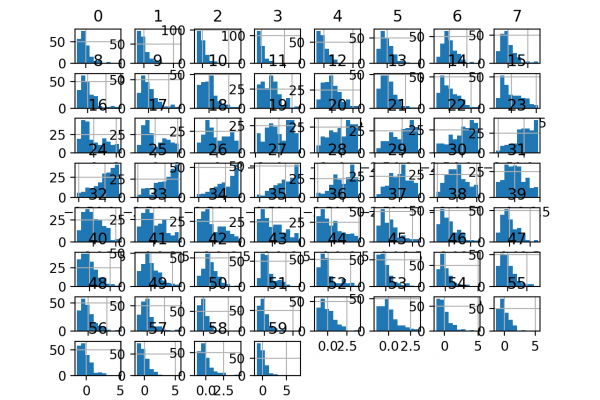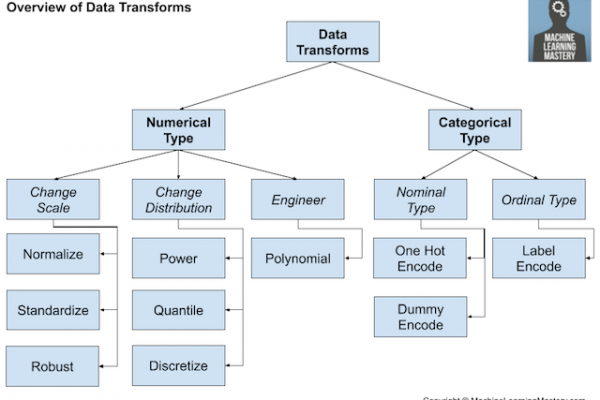Test-Time Augmentation For Tabular Data With Scikit-Learn
Last Updated on August 18, 2020 Test-time augmentation, or TTA for short, is a technique for improving the skill of predictive models. It is typically used to improve the predictive performance of deep learning models on image datasets where predictions are averaged across multiple augmented versions of each image in the test dataset. Although popular with image datasets and neural network models, test-time augmentation can be used with any machine learning algorithm on tabular datasets, such as those often seen […]
Read more